Iceland has captured global imagination with its otherworldly landscapes of volcanoes, glaciers, and geothermal wonders that seem transported from another planet. While the capital city of Reykjavik serves as the natural starting point for most visitors, limiting explorations to this single urban center means missing the authentic heart of Iceland.
The country’s true character reveals itself in smaller communities where centuries-old traditions blend with modern resilience and where locals maintain intimate connections to the powerful natural forces that shape their homeland. Here is a list of 15 Icelandic towns beyond Reykjavik that offer deeper insights into this remarkable island nation.
Akureyri

This northern capital sits at the head of Iceland’s longest fjord, blending cultural sophistication with small-town charm despite its modest population of 19,000. The town center features colorful wooden houses nestled beneath snow-capped mountains, creating picture-perfect streetscapes regardless of season.
Surprisingly, lush botanical gardens flourish despite the near-Arctic location, while excellent museums, restaurants, and the landmark church on the hill offer cultural experiences typically associated with much larger cities.
Húsavík

This charming fishing village transformed into the whale-watching capital of Europe when locals pivoted from hunting to conservation, creating an economic revival built on sustainability. The town’s picturesque wooden church, painted bright white, stands against a backdrop of snowcapped mountains across the bay, appearing on countless postcards.
Maritime traditions remain evident throughout the harbor area, where renovated warehouses now house excellent seafood restaurants serving the daily catch alongside museums celebrating the area’s rich fishing heritage.
Like Travel Pug’s content? Follow us on MSN.
Seyðisfjörður
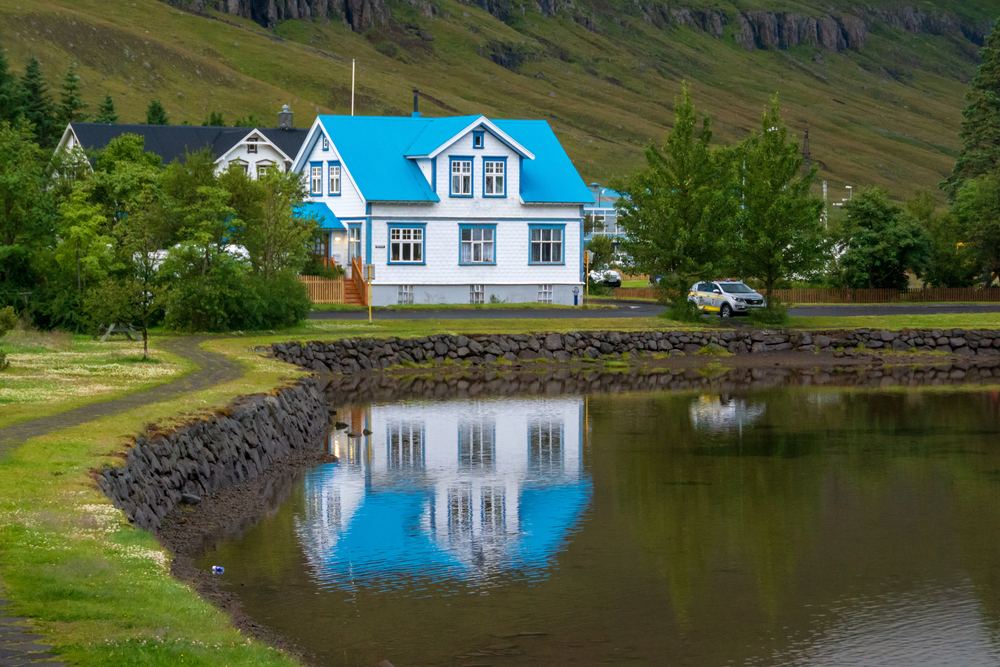
Nestled at the end of a narrow fjord surrounded by mountains, this eastern town boasts the most vibrant arts community outside Reykjavik. The famous rainbow street leads to a blue wooden church, creating the perfect frame for photos that capture the town’s creative spirit.
Norwegian-style wooden houses painted in bright colors line the waterfront, housing workshops where local artists and international residents create everything from handmade paper to digital installations that have earned the town its reputation as Iceland’s cultural haven.
Ísafjörður
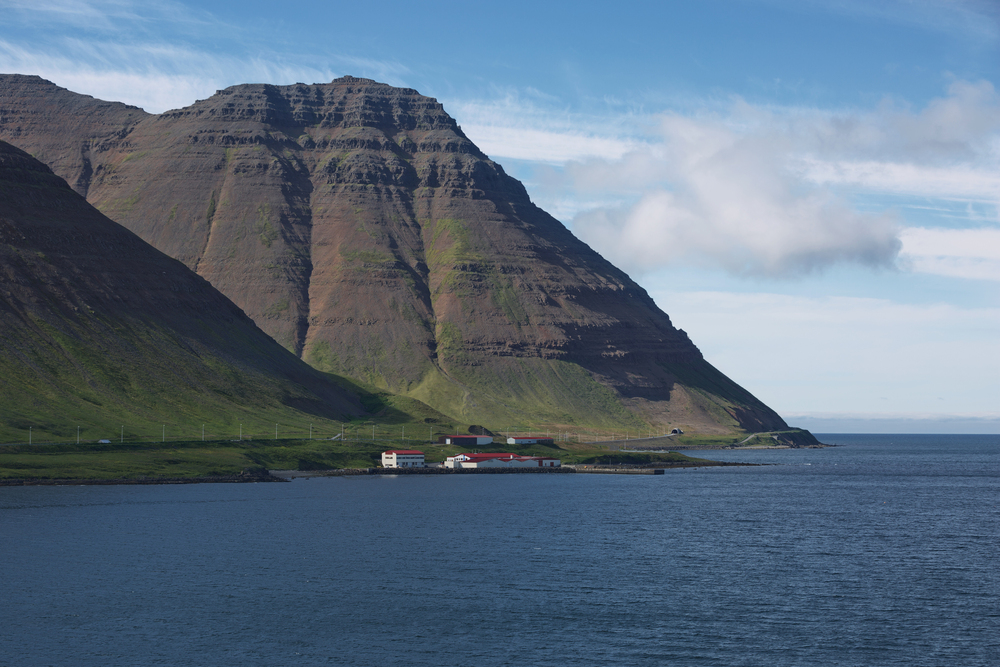
This remote town in the Westfjords region serves as the commercial and cultural center for Iceland’s most isolated region, connected to the rest of the country by narrow mountain roads often impassable in winter. The town’s distinctive layout features buildings constructed on a narrow spit of land extending into the fjord, creating a maritime atmosphere where fishing traditions remain central to daily life.
Despite its isolation, the community supports a surprisingly sophisticated food scene, with restaurants serving innovative dishes featuring local ingredients from both land and sea.
Siglufjörður

Once the herring capital of the Atlantic, this northern town preserves its boom-era heritage through award-winning museums housed in restored waterfront buildings. The community sits within a spectacular fjord that creates natural protection for the harbor while surrounding residents with towering mountains on three sides.
Winter brings excellent skiing opportunities, while summer offers midnight sun, illuminating hiking trails that provide panoramic views over the town and surrounding coastal landscape.
Like Travel Pug’s content? Follow us on MSN.
Höfn

This southeastern harbor town serves as the gateway to Vatnajökull, Europe’s largest glacier, creating a unique community where ice and ocean converge. Local restaurants have earned international recognition for langoustine dishes, with fishing boats bringing daily harvests to the harbor front.
The town’s proximity to extraordinary natural features, including glacier lagoons where icebergs float before reaching the sea, has fostered a community of nature photographers and guides specialized in interpreting the region’s rapidly changing landscapes.
Vestmannaeyjar
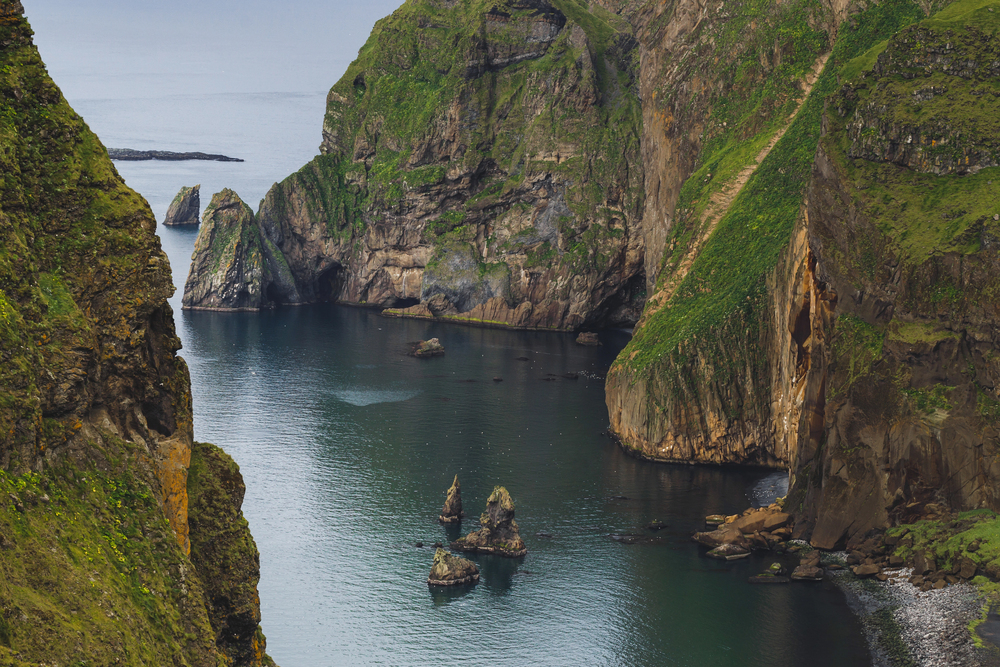
This volcanic archipelago off Iceland’s south coast centers around Heimaey, where residents evacuated during a 1973 eruption that buried portions of the town under lava. The community’s triumphant return and rebuilding represents Icelandic resilience, with homes partially buried under volcanic material now preserved as museums.
Summer brings thousands of puffins nesting on coastal cliffs, while local boats offer tours around the newest landmass in the archipelago, the island of Surtsey, formed by underwater eruptions in the 1960s.
Stykkishólmur
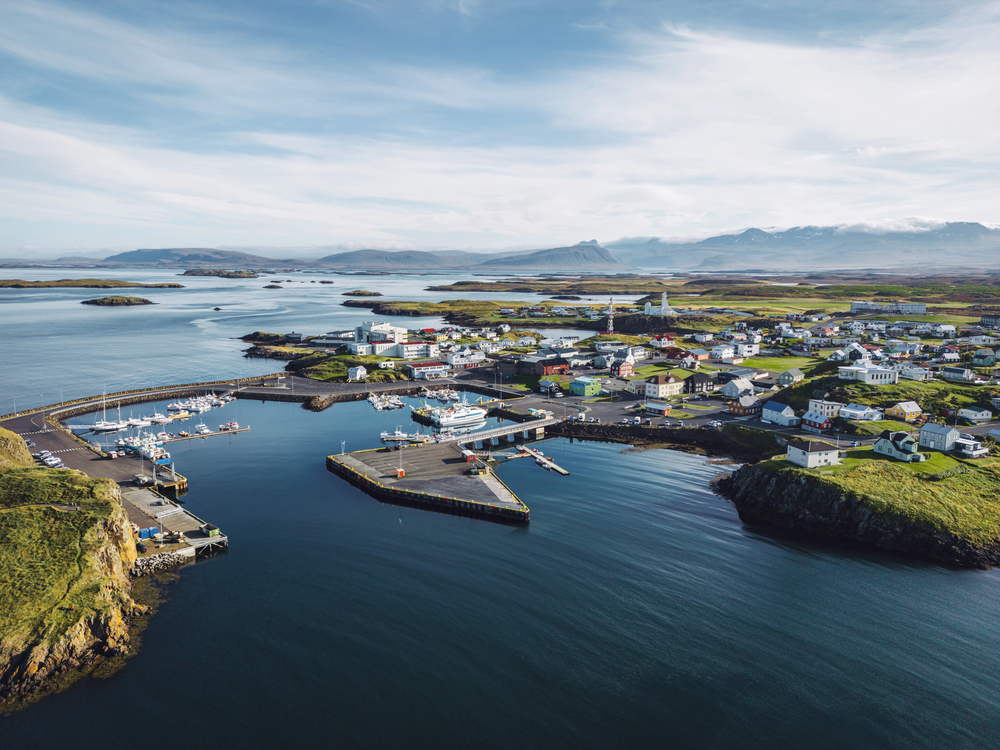
This picturesque town on the Snæfellsnes Peninsula maintains well-preserved historic buildings around a natural harbor that once served as an important trading post. The community embraces sustainable practices, becoming the first Green Globe certified town in Iceland through comprehensive environmental initiatives.
The distinctive modernist church overlooking the harbor contrasts with traditional wooden houses, symbolizing how the town balances preservation with forward-thinking development that has earned international recognition.
Like Travel Pug’s content? Follow us on MSN.
Borgarnes

This western town along Ring Road combines historical significance as the setting for many Icelandic sagas with stunning natural surroundings where mountains meet Borgarfjörður. The Settlement Center museum uses innovative multimedia exhibits to bring medieval manuscripts to life, connecting visitors to the literary traditions that preserved Icelandic identity through centuries of hardship.
Local bakeries produce traditional breads and pastries using geothermally heated ovens, maintaining culinary practices developed during times when imported goods rarely reached isolated communities.
Vík

This tiny community on Iceland’s southernmost shoreline faces some of the most powerful natural forces on the island, with black sand beaches formed by volcanic activity and fierce Atlantic waves. The white church perched on the hillside overlooks a village that exists in constant negotiation with nature, adapting to volcanic eruptions, glacial floods, and coastal erosion.
Despite these challenges, residents maintain a welcoming community where visitors gain perspective on living harmoniously within landscapes that remain ultimately untamable.
Dalvík

This northern fishing town maintains authentic working harbor traditions while embracing tourism through whale watching, skiing, and cultural festivals celebrating local heritage. The annual Great Fish Day festival transforms the waterfront into Iceland’s largest seafood buffet, where boats provide fresh catches prepared according to traditional recipes shared freely with thousands of visitors.
Winter brings exceptional skiing opportunities on slopes that descend nearly to the town itself, creating one of Iceland’s most accessible winter sports destinations.
Like Travel Pug’s content? Follow us on MSN.
Egilsstaðir

This eastern town serves as the commercial hub for Iceland’s largest forested region, creating a landscape unlike the treeless expanses typically associated with the country. The community embraces its proximity to Iceland’s largest wilderness area, Vatnajökull National Park, through outdoor recreation businesses ranging from horseback tours to specialized hiking expeditions.
Local restaurants showcase eastern Iceland’s unique culinary traditions, including reindeer dishes unavailable elsewhere and recipes influenced by this region’s somewhat milder climate.
Grundarfjörður

This small fishing village on the northern shore of Snæfellsnes Peninsula sits beneath Kirkjufell, arguably Iceland’s most photographed mountain due to its distinctive shape and reflections in the adjacent lake. The working harbor maintains authentic fishing industry operations alongside tourism services catering to photographers seeking perfect images of the famous peak.
Winter brings the added attraction of northern lights potentially framing the mountain, creating once-in-a-lifetime photographic opportunities that have made this formerly obscure village internationally recognized.
Flúðir

This agricultural town in southern Iceland harnesses geothermal energy to power extensive greenhouse operations, producing vegetables and fruits otherwise impossible in the subpolar climate. The community created the Secret Lagoon, Iceland’s oldest swimming pool, where visitors experience natural hot springs without crowds found at more famous thermal baths.
Local farms open to visitors showcase innovative growing techniques that have transformed Iceland’s food security through sustainable practices combining traditional knowledge with cutting-edge technology.
Like Travel Pug’s content? Follow us on MSN.
Patreksfjörður
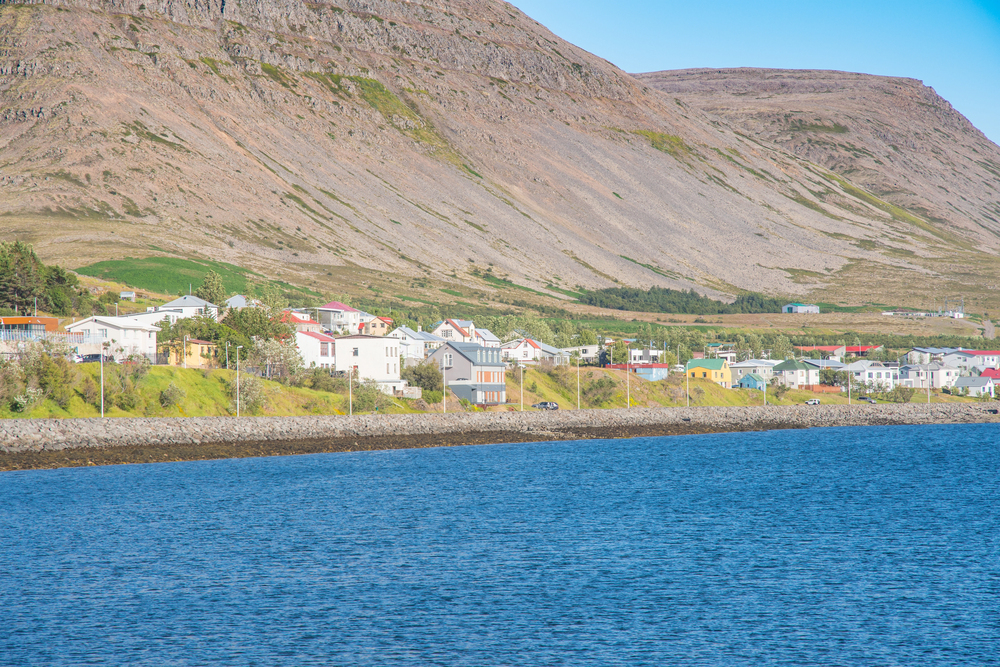
This remote town in the southern Westfjords represents one of Iceland’s most authentic fishing communities, where daily life continues to revolve around maritime traditions established by generations of seafaring families. The dramatic landscape surrounding the town features some of Iceland’s most spectacular cliffs and beaches, including the famous red sands of Rauðasandur that contrast dramatically with typical black volcanic beaches elsewhere.
Summer brings nearly endless daylight for exploring nearby natural wonders, while winter offers extraordinary glimpses into traditional Icelandic coastal life when tourism slows to a trickle.
Authentic Iceland

These towns collectively reveal how Icelanders have forged distinctive local identities while sharing common values of resilience, creativity, and harmonious coexistence with, sometimes, hostile natural forces. Exploring beyond Reykjavik connects travelers with communities where traditional livelihoods remain visible alongside innovative adaptations to 21st-century challenges and opportunities.
Whether through fishing traditions maintained for centuries, artistic communities flourishing in remote fjords, or agricultural innovations harnessing geothermal resources, these towns demonstrate that Iceland’s most compelling stories unfold far from the capital’s well-trodden streets. Visitors willing to venture into these smaller communities discover the authentic Iceland, where daily life unfolds against backdrops so spectacular they might otherwise seem merely theatrical.
More from Travel Pug

- Cities Growing so Fast You Won’t Recognize Them in 10 Years
- 13 Destinations Where Tourists Regularly Regret Their Trip
- 20 Obscure WWII Sites Even History Buffs Don’t Know About
- 10 Under-the-Radar Mountain Towns That Are Both Affordable and Beautiful
- Remote Villages in Europe Where You Can Live for Free in Exchange for Work
Like Travel Pug’s content? Follow us on MSN.
